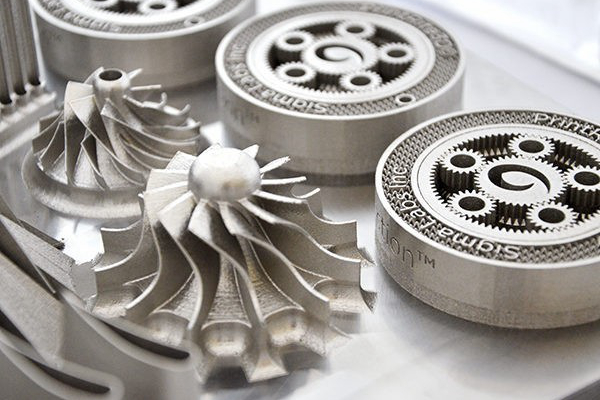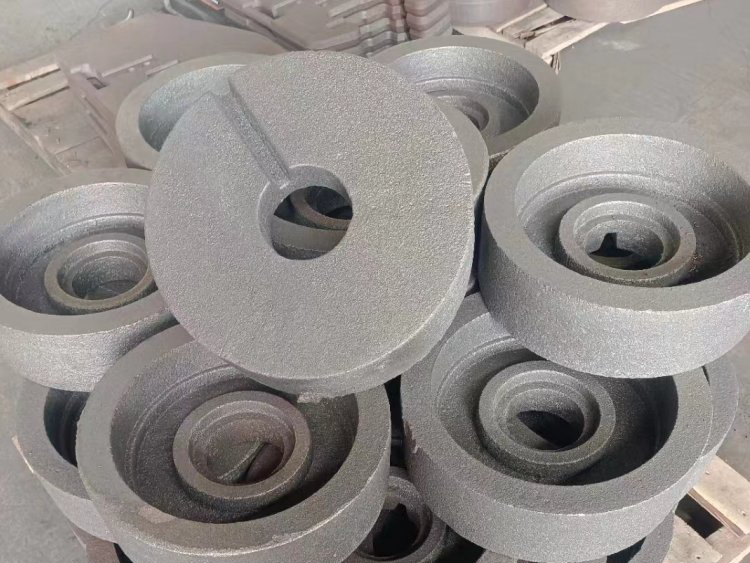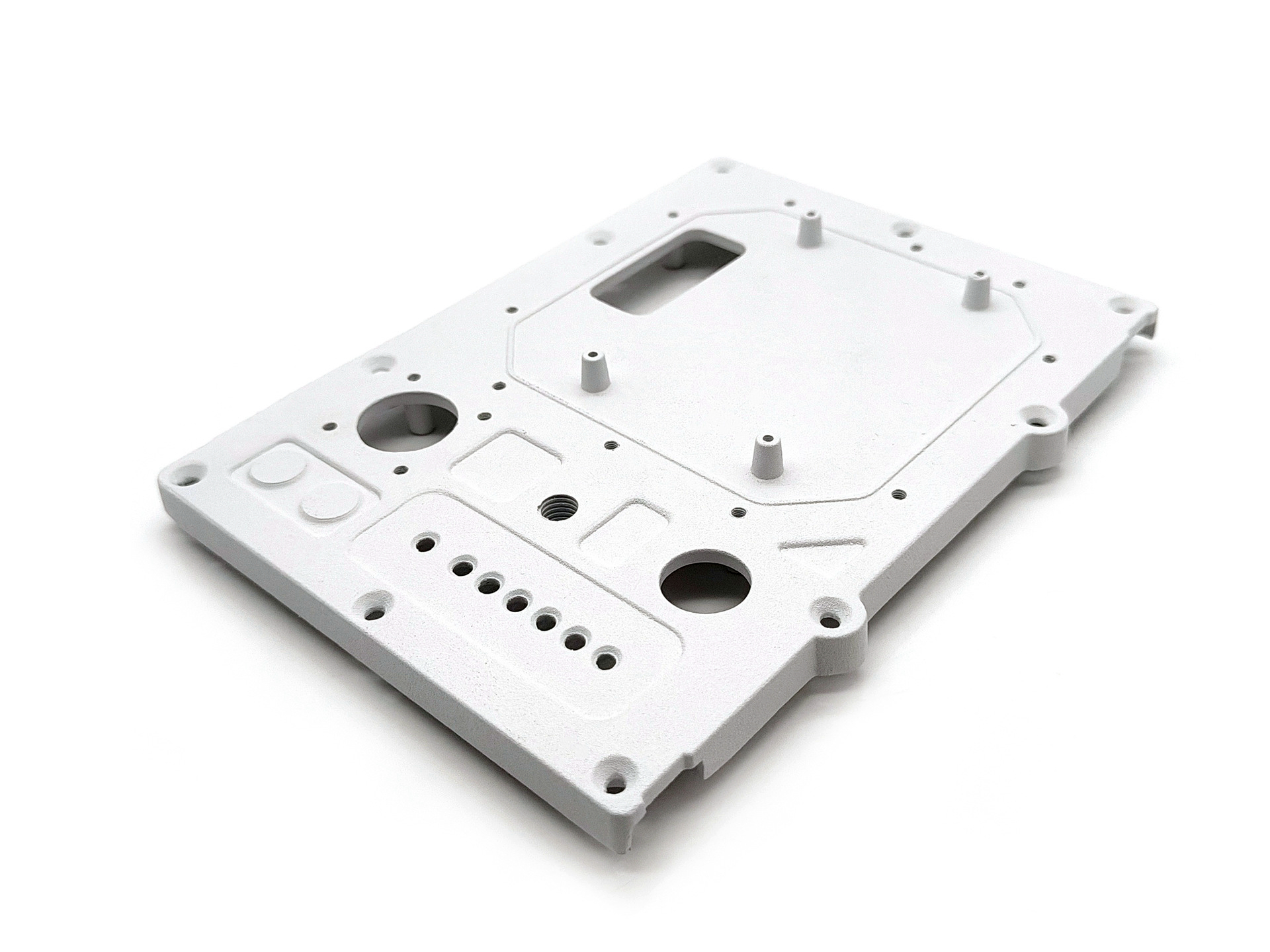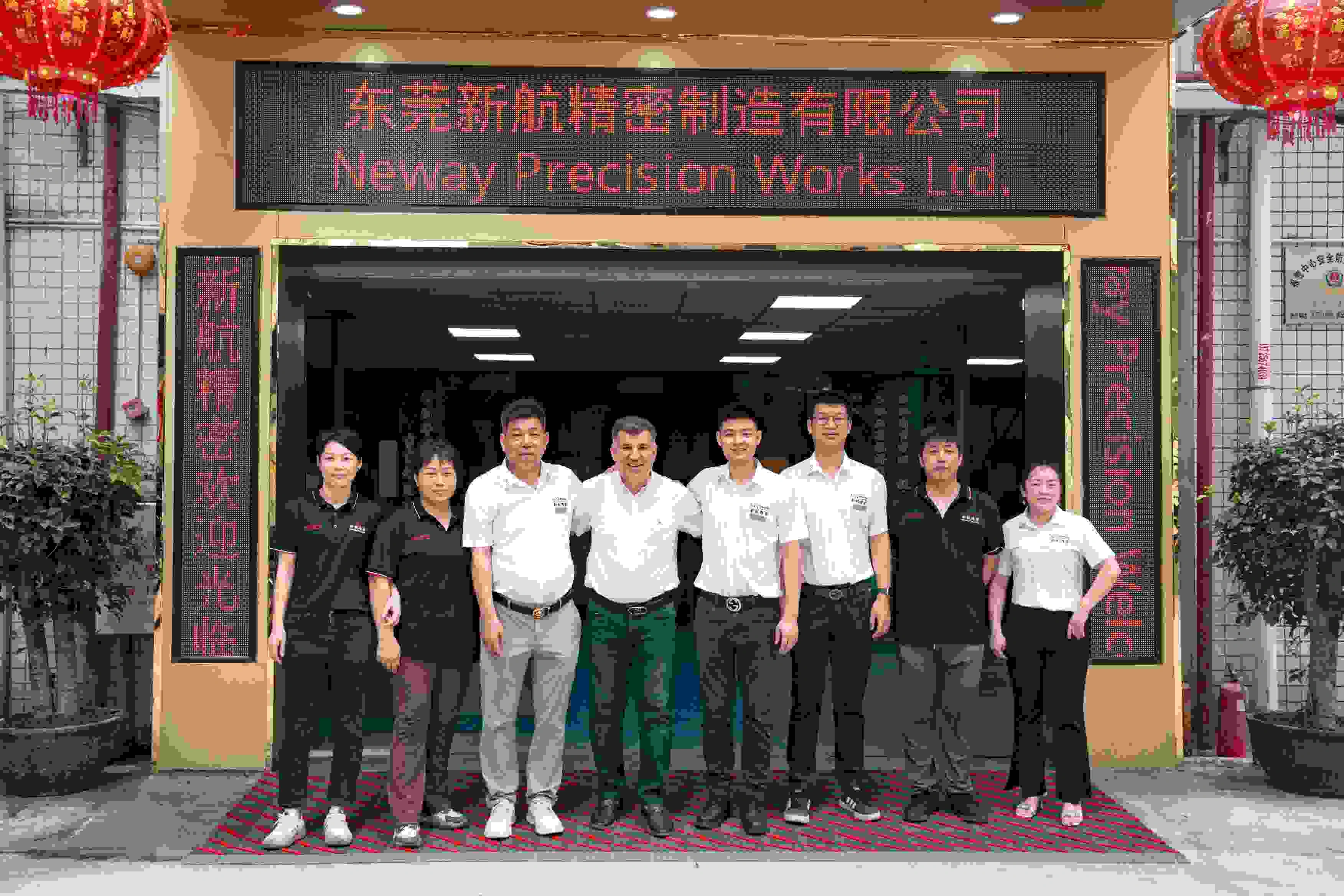Can die cast parts handle continuous mechanical loads and vibration?
Can Die Cast Parts Handle Continuous Mechanical Loads and Vibration?
Material Strength and Fatigue Resistance
Die-cast components can reliably withstand continuous mechanical loads and vibration if engineered with the proper alloys and design considerations. Alloys like A380 aluminum and AlSi10Mg are particularly effective due to their combination of tensile strength (~317–340 MPa), stiffness, and relatively high fatigue resistance. For applications exposed to repetitive stress—such as industrial brackets, motor housings, or gearbox casings—AlSi10Mg is often selected for its enhanced endurance limit and dimensional stability under vibration.
Zinc and Copper Alloys for Impact and Load Cycling
For smaller parts subject to constant impact or dynamic stress, Zamak 5 zinc alloy provides excellent impact resistance and elongation (~7–10%), enabling it to absorb vibration and maintain structural integrity. Additionally, aluminum bronze C95400 and C18200 are copper-based alloys with high tensile strength (above 450 MPa) and outstanding wear resistance—ideal for bushings, mechanical supports, and vibration-damped interfaces in heavy-duty machinery.
Structural Design for Vibration Resilience
Material alone isn’t sufficient—geometry and wall thickness uniformity play key roles in load distribution and vibration mitigation. Ribbing, fillets, and gussets are incorporated into part designs to prevent stress concentrations. Moreover, dimensional precision achieved through post-machining enhances the assembly’s integrity, ensuring reliable performance during mechanical cycling.
Surface Treatments That Improve Durability
Surface coatings can further enhance resistance to fatigue and vibration-related wear. Anodizing adds surface hardness and corrosion resistance to aluminum components, while powder coating improves impact resilience and seals micro-porosity that might otherwise lead to crack propagation under stress.
Proven Use Cases in Industrial and Automotive Applications
Die cast components are already used extensively in vibration-prone environments such as engine compartments, electric motor housings, compressor shells, and pump bodies. These real-world examples prove that, when properly designed and finished, die cast parts can handle prolonged mechanical and vibrational loading with high reliability and extended service life.
Recommended Services for Vibration-Resistant Die Cast Components
To ensure long-term mechanical performance, Neway recommends:
Aluminum Die Casting: For structural and vibration-dampening industrial components.
Zinc Die Casting: For tough, dimensionally stable small parts under dynamic stress.
Post-Machining and Surface Finishing: For improved sealing, wear resistance, and assembly precision.
We combine high-performance alloys, precision engineering, and post-processing to help your parts thrive in harsh, vibration-heavy environments.



